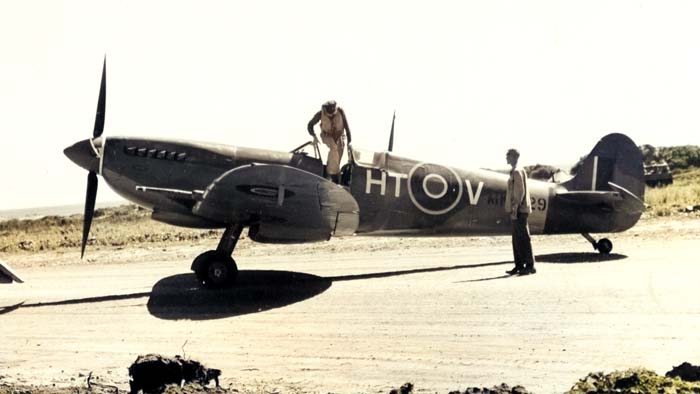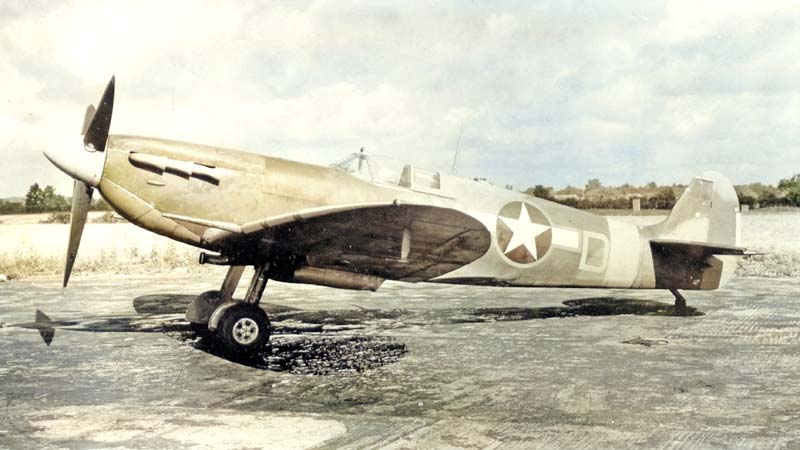
The Supermarine Spitfire, a renowned British fighter aircraft, holds a significant place in aviation history. Its development and operational history spanned from the late 1930s to the post-World War II era, leaving an indelible mark on the annals of aerial warfare.
Origins and Development: The origins of the Spitfire can be traced back to the visionary work of Reginald Joseph Mitchell, an aeronautical engineer at Supermarine Aviation Works. Mitchell’s experience in designing high-performance seaplanes, particularly the Schneider Trophy-winning Supermarine S.6B, influenced the development of the Spitfire.
In response to an Air Ministry specification for a new fighter, Mitchell and his team at Supermarine embarked on designing an aircraft with exceptional speed, maneuverability, and climb rate. The initial design, designated Type 224, failed to meet the requirements, but it laid the foundation for subsequent developments.
Mitchell’s team continued to refine the design, incorporating features such as a low-wing monoplane configuration, an elliptical wing shape for improved lift and maneuverability, and a unique construction technique utilizing a stressed-skin design. The Air Ministry eventually issued a production contract, and the aircraft was named the Spitfire.
Operational History: The Spitfire entered service with the Royal Air Force (RAF) just before the outbreak of World War II. Its first operational deployment occurred in August 1938 with No. 19 Squadron. Initially, the Spitfire Mk I featured eight .303 Browning machine guns and exhibited excellent handling characteristics and speed.
The Spitfire’s baptism of fire came during the Battle of Britain in 1940 when the RAF defended British airspace against German Luftwaffe attacks. Alongside the Hawker Hurricane, the Spitfire played a crucial role in repelling the German bombers and maintaining air superiority. Its exceptional maneuverability and high rate of climb enabled it to engage enemy aircraft effectively.
As the war progressed, the Spitfire underwent continuous development to counter new threats. The introduction of the Spitfire Mk V, with improved armament and a more powerful engine, enhanced its performance. The Mk V became the most produced Spitfire variant during the war.
The Spitfire also saw action in various theaters, including North Africa, the Mediterranean, and the Pacific. It was adapted for multiple roles, such as ground attack and reconnaissance, expanding its operational versatility.
Notable variants included the Spitfire Mk IX, which featured an upgraded Merlin engine and provided improved performance at higher altitudes. The Spitfire Mk XIV incorporated a more powerful Griffon engine, offering enhanced speed and climb rate. The Spitfire PR (Photo Reconnaissance) variants were specially equipped for aerial reconnaissance missions.
Post-War and Legacy: After World War II, the Spitfire remained in service with the RAF until the early 1950s, gradually being replaced by jet-powered aircraft. However, it continued to serve in other air forces around the world, including those of Australia, Canada, and Israel.
The Spitfire’s impact extended beyond its operational history. Its iconic design, epitomized by its graceful elliptical wings, made it an enduring symbol of British aviation excellence and technological innovation. The aircraft’s crucial role in the Battle of Britain solidified its status as a legendary fighter.
Today, numerous Spitfires have been preserved in museums and private collections globally, with some examples restored to airworthiness. These aircraft serve as a tribute to the engineering brilliance of Reginald Mitchell and the valor of those who flew and maintained the Spitfire. The aircraft’s legacy as a symbol of British fortitude and aeronautical prowess remains intact.

Spitfire with American markings. During World War II, U.S. pilots downed over 350 enemy aircraft using Spitfires. (NARA)